In the rapidly changing digital arena, HTML5 has gained status as a strong player in game development. The right choice of tools and framework must be selected to achieve your intended goals. Without any plugins to depend on, developers would go mad with browser incompatibilities, so truly HTML5 games stand up to this.
Being the foremost game development company in the USA, Q99studio is committed to high-engaging and high-performing games. This blog intends to look at the most popular and best tools used by modern-day HTML5 game developers and explain why these kinds of tools are taken with high regard in today's booming game development environment.
Why Choose HTML5 For Game Development?
Compared to traditional game development, HTML5 games have the following advantages:
- Cross platforms (running on browsers, mobiles, and desktops)
- No dependence on any other plugin (unlike Flash, which is now dead)
- Faster loading and smoother performance (Optimizations available on WebGL & Canvas)
- Very easy monetization (in-game ads, subscriptions, and microtransactions)
HTML5 game development is, without a doubt, the most scalable and reasonably priced way to get into the gaming business.
Top HTML5 Game Development Tools and Frameworks
1. Phaser:
An example of a 2D HTML5 game engine that is popular amongst users is referred to as Phaser. It is easy to use, free, and packed with features like animation, sound processing, input management, and physics systems.
Suggested for: learning games, puzzles, and 2D arcade games.
Programmers adore it because of its vast documentation, vibrant community, and quick rendering with WebGL and Canvas fallback.
Any HTML5 game developer who needs a scalable, effective platform for interactive content should consider Phaser.
2. CreateJS:
A robust collection of modular frameworks and tools, the CreateJS suite makes it possible to create dynamic, complex experiences. The collection has EaselJS (graphics), TweenJS (animation), SoundJS (audio), and PreloadJS (loading of assets).
Best for: Rich animations, multimedia-rich games.
Standout feature: Its seamless interaction with Adobe Animate makes it a great option for tasks that require a lot of design.
Numerous game development companies opt for CreateJS while developing interactive projects that require precise control over animation and assets.
3. Three.js:
For developers interested in browsing 3D game development, Three.js is a robust JavaScript library that employs WebGL to render 3D graphics of great quality. It supports the creation of rich environments, natural lighting, and animated objects.
Best for: VR experiences and browser-based 3D games.
Why it's notable: Owing to the complexity of 3D rendering, Three.js hides a large amount of the boilerplate code so that the development process is feasible.
Three.js is a game-changer for HTML5 game development services that wish to advance the visual limits of what is feasible on the web.
4. Construct:
An example of a powerful HTML5 game engine designed for both developers and the general public is called Construct. It's a drag-and-drop interface and event-based system. Construct is the best choice for rapid prototyping and game-style jams.
Perfect for: New developers, educational games, and rapid prototyping
Features that stand out: quick export to Windows, iOS, and Android, as well as in-editor game testing.
USA game development companies commonly employ Construct when time is crucial and rapid iterations are required.
5. PixiJS:
PixiJS runs as one of the heavy-hitters among 2D renderers, making it good for densely graphically intense games. It supports advanced text rendering, filters, and spritesheet animation.
Best for fast-moving, graphically dynamic 2D games.
Main features: modular architecture and WebGL rendering with Canvas fallback.
PixiJS is generally used to deploy games wherein custom UI or effects are used, but it has functionality that needs to be performed at the top level on devices.
6. Cocos2d-JS:
Cocos2d-JS adds JavaScript to the popular Cocos2d-x engine. With 2D and some 3D features, it provides a complete platform for game production.
Best for RPG, platformer, and story-driven games.
Why it works: Supporting native mobile and having a broad feature set are enough to promise.
Just choose Cocos2d-JS without hesitation if you want to create JavaScript games for a mobile-first audience.
Choosing the Right Tool: What Matters?
- Every project is individual, and so the factors that go into seizing the right tool also differ:
- Game Type: Is this a casual puzzle game, some 3D exploration, or an educational app?
- Team Size & Skills: Are there some JavaScript developers in-house with intermediate experience, or should you consider the one better suited for a beginner?
- Time to Market: When is the latest date you wish to enter the market?
Conclusion:
HTML5 has become popular with developers, mainly since with this web-kit-implemented version, one can band the best few tools to create a stunning and immersive game merely with a web browser. Whether you are a startup asking for a cheaper solution for development or an enterprise asking for a scalable cross-platform solution, selecting the right framework is a significant decision.
As a leading game development company in the USA, Q99studio offers end-to-end HTML5 game development services, from concept to deployment. Let's start building your next HTML5 game! Contact Q99studio right now to turn your vision become a reality.
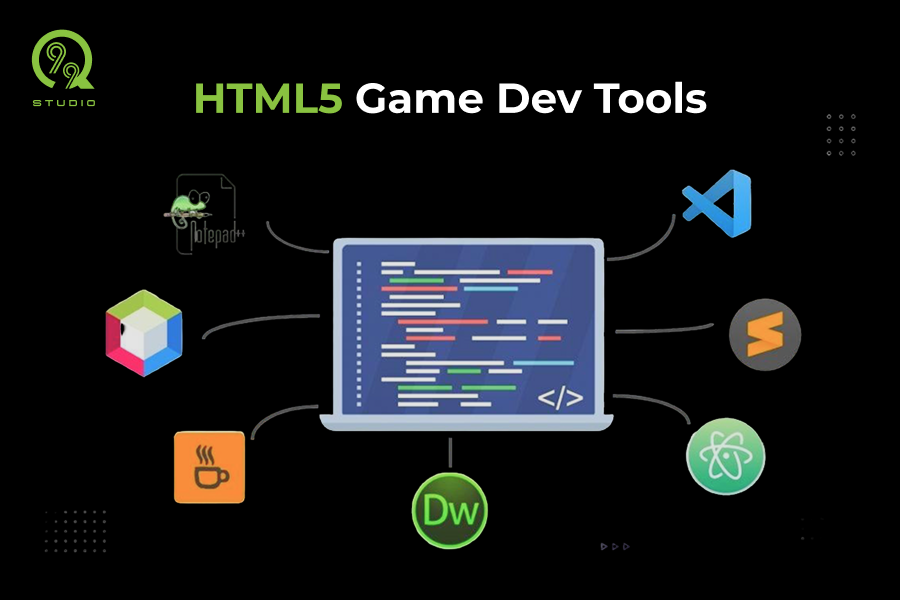

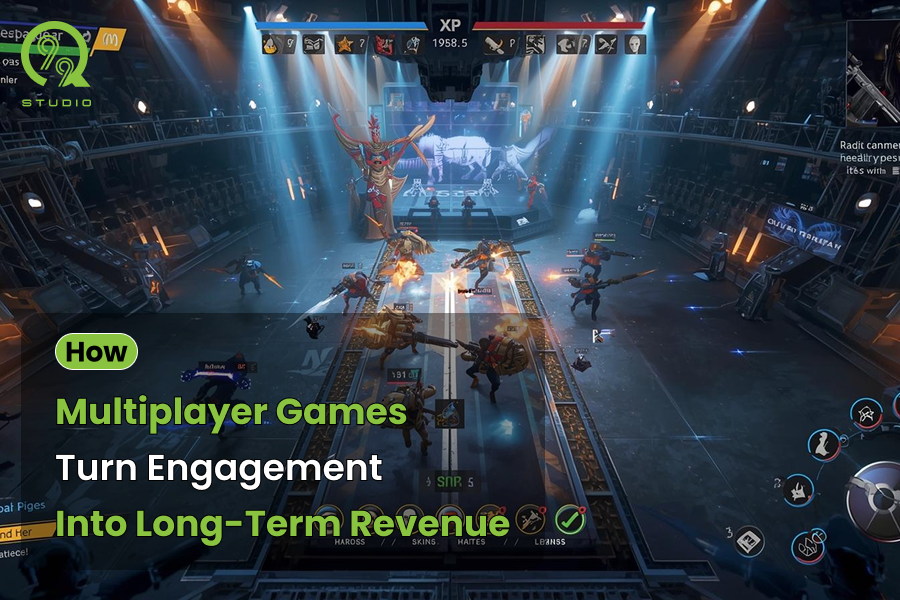
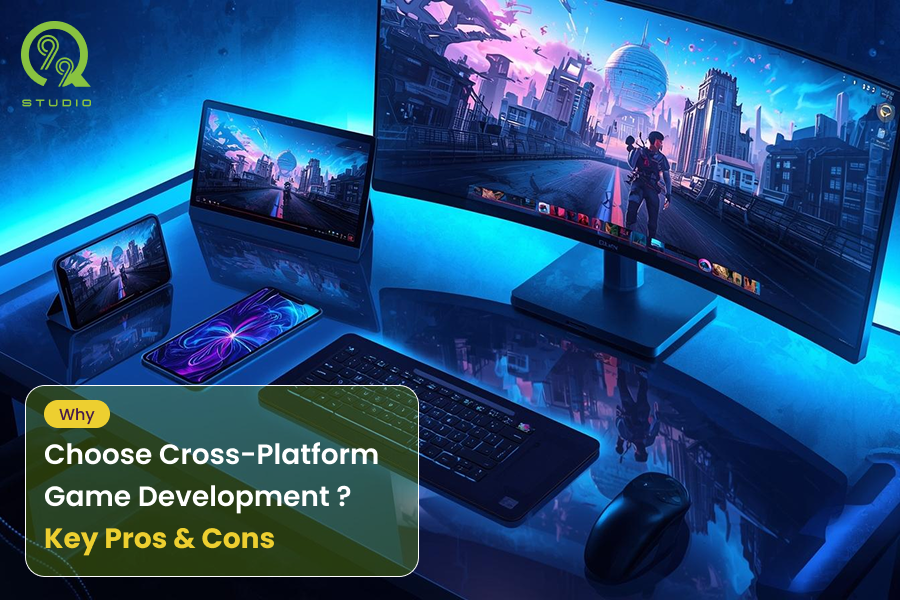
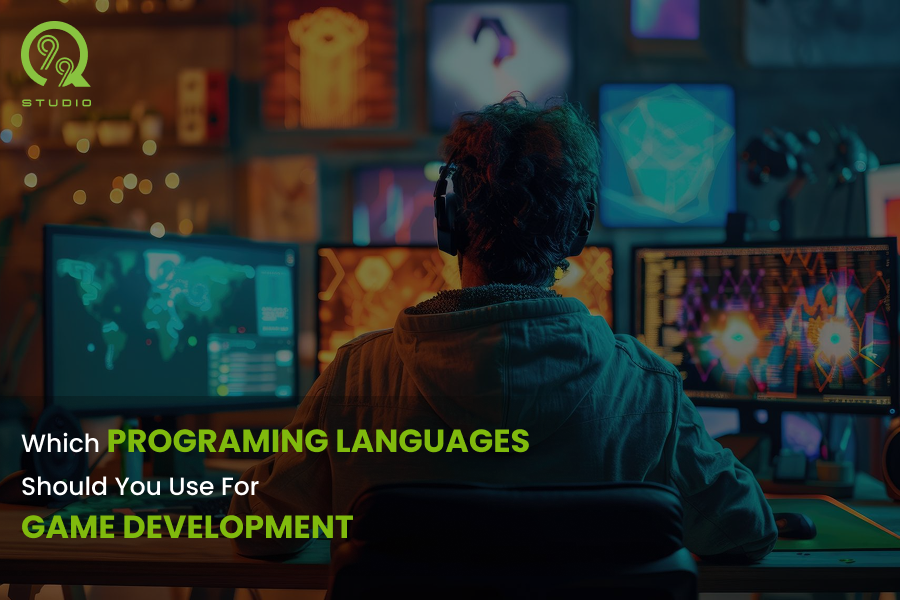

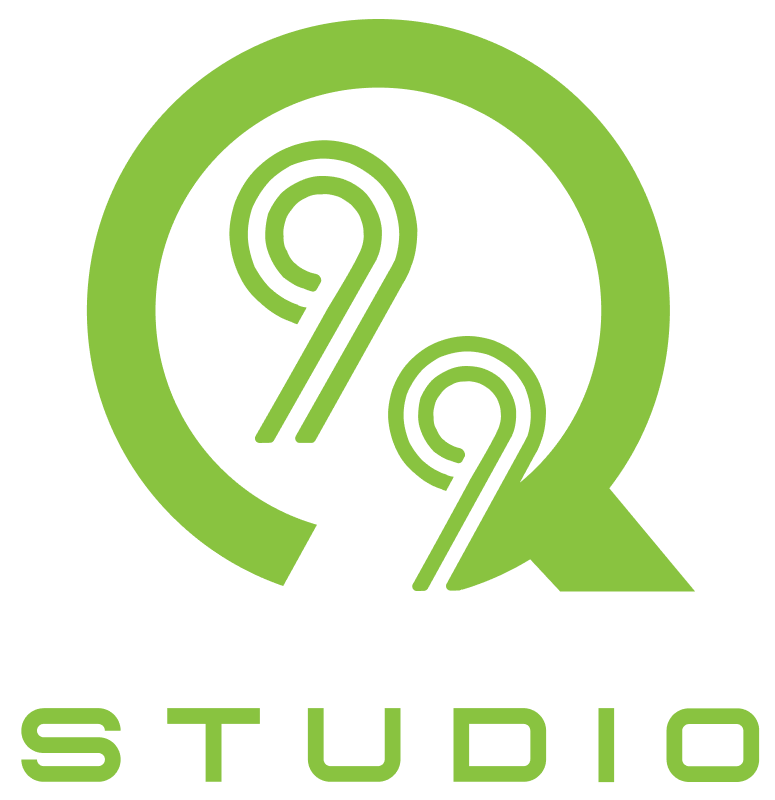
 B - 433-442, Money Plant High Street, Near Ganesh Glory, Jagatpur Road, S.G. Highway, Ahmedabad - 382470.
B - 433-442, Money Plant High Street, Near Ganesh Glory, Jagatpur Road, S.G. Highway, Ahmedabad - 382470.
 11006 Kirker Ln, Richmond, TX 77407, USA
11006 Kirker Ln, Richmond, TX 77407, USA



